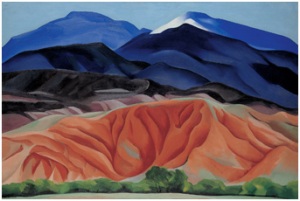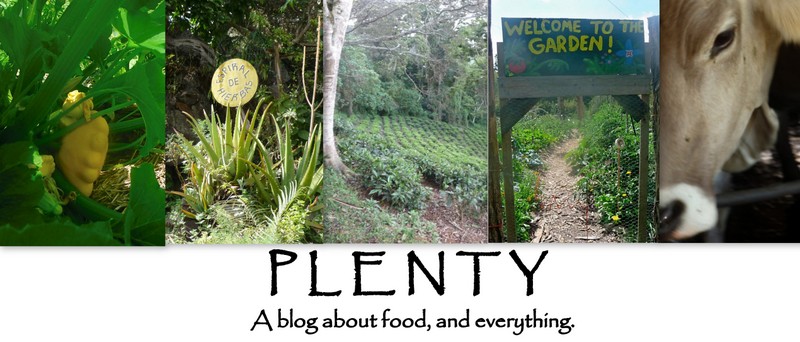I have a confession to make. As much as I know the Zodiac doesn’t make any rational sense, I realized a long time ago that I am a true dyed-in-the-wool Scorpio. If you flip to October 25th in The Secret Language of Birthdays (as I once did at the great Morning Glory café in Black Mountain, NC), it will read like a transcript of my life, as though I’ve been referencing it on everything from career paths to exercise regimens. And while I don’t waste my time with daily horoscopes, Rob Brezsny’s weekly horoscope in the New Times is a small pleasure of life reserved for waiting for my coffee, or eggs, or falafel at a place that stocks the weekly paper by the door. Like usual, last week’s horoscope did not disappoint.
For weeks and months, as I plunge into the great unknown, I have to remind myself that even the right way forward is not free of doubt. Perhaps this is especially true of the ‘right’ way forward. It is not as though you stumble into love or vocation as a Buddhist into Enlightment and find yourself suddenly full of certainty and free of doubt. You find yourself instead lay bare, reflected: in the world, in another, or, in my case, on the page. The words “I can’t do this” form a frequent, if quiet, soundtrack to the actual doing. As I wade forward into my unknown I have been relishing in quotes like “Ships are safe in the harbor but that’s not what ships are for,” and bookmarking blogs like A Fearful Adventurer. So, when I flipped to Free Will Astrology three days ago, I breathed a sigh of knowing at the sight of this:
“I’ve been absolutely terrified every moment of my life,” said Scorpio painter Georgia O’Keefe, “and I’ve never let that keep me from doing a single thing I wanted to do.” I think her declaration is excellent medicine for you. In 2013, you will have great potential for upgrading your relationship with your fears – not necessarily suppressing them or smashing them, but rather using them more consistently as a springboard, capitalizing on the emotions they unleash, and riding the power they motivate you to summon. – Brezsney, 2012
I have a good feeling about 2013. And I have an announcement, to my two readers – and the world. One month from today, I will get on a plane and fly to a place I can’t even begin to imagine. One month from tomorrow I will touch down in Bangkok, Thailand and begin a 10-week journey to places that I know little more about than the name – Laos, Cambodia, Malaysia, Indonesia. And a part of me is terrified, harboring the singular, delicious fear that is the unknown. It will grow in a crescendo, building with my exhaustion, as we draw ever further into our 30 hour journey. It will sit in my belly as I hail a taxi, and check into my hostel, and fumble over and over through approximately three words of Thai. But I will do these things with Georgia O’Keefe’s words as a mantra of sorts, to counter that quiet voice saying “I cant do this. This is crazy. I might fail.” And how blessed it will be that, in the end, there will be one more stretch of Earth on the vast map that is no longer the unknown.
In other news, I will soon be blogging about food, and everything, from South East Asia. I hope you’ll check it out.

Image: “Black Mesa Landscape, New Mexico / Out Back of Marie’s II” by Georgia O’Keefe.




